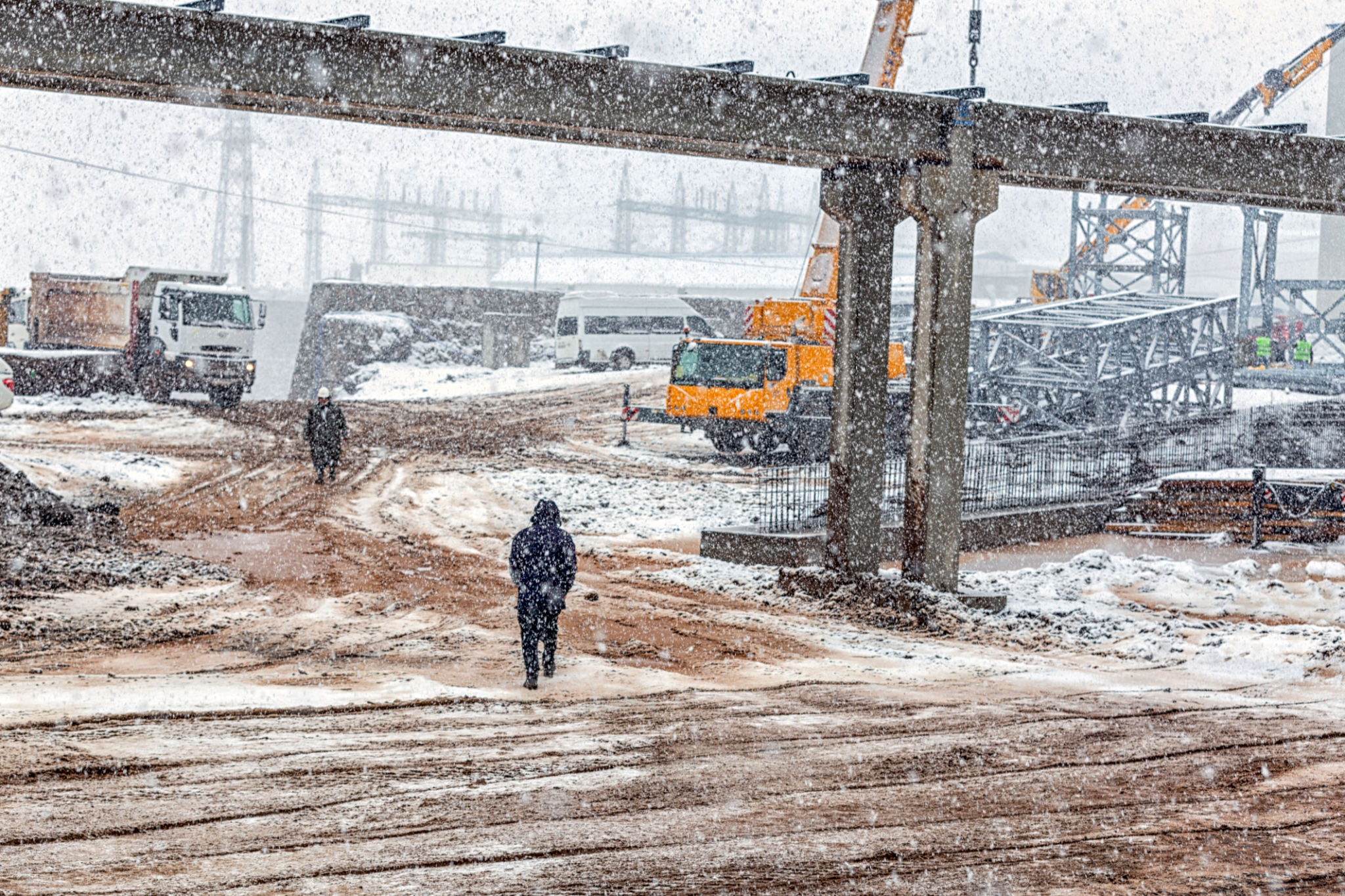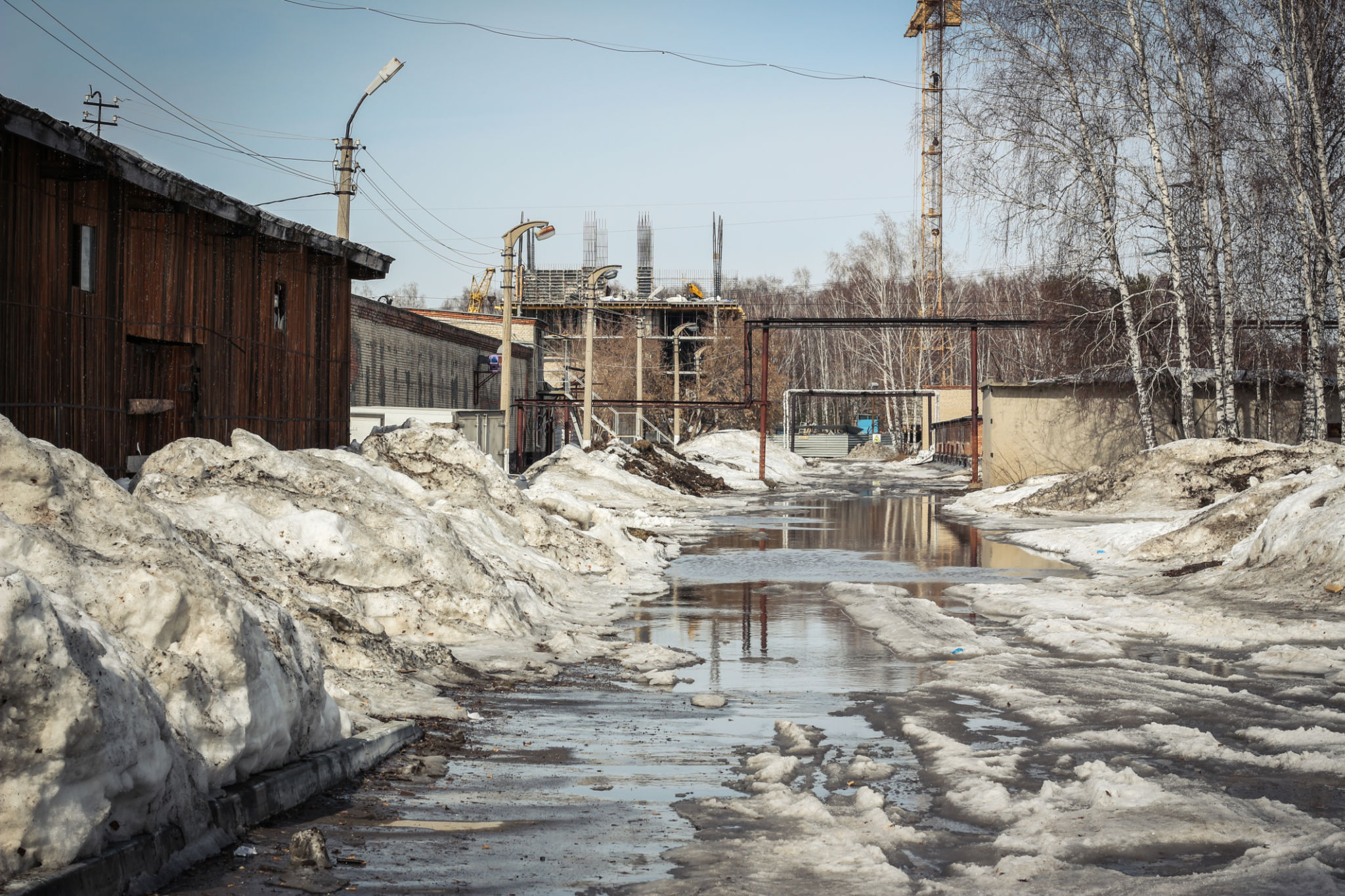How Seasonal Changes Impact Commercial Construction Projects
Understanding the Impact of Weather on Construction Timelines
When it comes to commercial construction projects, the changing seasons can significantly influence timelines, costs, and the overall success of the project. Understanding how different weather conditions affect construction activities is essential for project managers and contractors to plan effectively and mitigate potential delays.

Seasonal changes bring about varying weather patterns that can either accelerate progress or bring it to a halt. **Rain, snow, extreme heat,** and other weather phenomena each have their own set of challenges. By anticipating these changes, construction teams can better allocate resources and adjust schedules to maintain productivity.
Winter Challenges in Construction
Winter poses several obstacles for construction projects. Cold temperatures can freeze water in concrete mixes, leading to **poor curing** and compromised structural integrity. Additionally, snow and ice make job sites hazardous, increasing the risk of accidents and injury. To combat these issues, contractors often use temporary heating solutions and adjust work hours to maximize daylight.

Equipment and Machinery
Cold weather can also impact machinery. Engines may struggle to start in low temperatures, and diesel fuel can gel, leading to costly downtime. Regular maintenance and the use of winterized equipment are crucial to keep operations running smoothly during the colder months.
Spring Thaw and Its Effects
As winter transitions to spring, construction sites face the challenge of thawing ground. The melting snow and ice can lead to **muddy conditions**, making it difficult for heavy machinery to maneuver. This situation often results in project delays as crews wait for the ground to dry out sufficiently.

During this period, site preparation activities such as grading and excavation may need to be paused. To minimize disruptions, construction managers can implement drainage solutions to help manage excess water and keep projects on track.
Summer Heat: A Double-Edged Sword
Summer offers longer daylight hours, allowing construction teams to maximize productivity. However, extreme heat can pose health risks such as **heatstroke** and dehydration. Workers must take regular breaks and stay hydrated to ensure safety on the job site.
Material Considerations
High temperatures can also affect materials like asphalt and concrete, causing them to cure too quickly. This rapid curing can result in cracks and structural weaknesses. By scheduling pours during cooler parts of the day and using additives, contractors can mitigate these risks.
Fall: Preparing for Winter
The fall season is a critical time for construction teams to prepare for the impending winter. Completing exterior work such as roofing and siding is a priority before cold weather sets in. Additionally, crews should focus on sealing gaps and insulating structures to prevent heat loss during winter.

By strategically planning around seasonal changes, construction managers can optimize their projects for success. **Proactive measures** and flexible scheduling are key components in adapting to weather-related challenges and ensuring that commercial construction projects are completed on time and within budget.
